Rhetoric and the Arts of Design

Summary
The design arts -- from the design of buildings and machines to software and interfaces -- are associated with types of knowledge and performance thought to be structured, modular, and systematic. Such arts have become increasingly prestigious in our technocratic society. Since Aristotle, the art of rhetoric was conceived as a loosely structured "practical" art thought to be limited in the extent to which it could mimic more precise subject matters. The art of rhetoric has been controversial since classical times, but its status has sunk even lower since the industrial revolution -- a point when civic cultures began to cede authority and control to the cultures of specialized experts. Many sympathizers of rhetoric have resisted its decline by calling for a civic art of public discourse to stand in opposition to a technocratic specialized discourse that has come, increasingly, to disenfranchise the ordinary citizen.
This is the first book to question the rhetoric/technical knowledge split from a more fundamental perspective. To get some perspective on what is at stake in rhetoric's traditional classification as a "practical" art, the
* explore the distinction between practical and design arts;
* enumerate the various criteria cited in the literature for qualifying a cluster of knowledge and performative skills to count as an art of design;
* show how the knowledge and performative skills associated with the art of rhetoric meet the major requirements of design knowledge;
* propose a general architecture of rhetorical design, one descriptive both of civic address and specialized academic argument;
* turn to the Lincoln/Douglas debates to embody and provide some empirical support and illustration for their architecture;
* demonstrate how Lincoln and Douglas can be thought of as expert designers whose rhetoric is highly structured and modular; and
* explain how the rhetoric of both rhetorical agents can be represented in the layers and modules that one needs to display plans for buildings, software, or other design artifacts.
These layers and modules are not just post hoc annotations of the debates; they also illuminate new and systematic ways for viewing the debates -- and by implication, other specimens of rhetoric -- in terms of strategies of artistic production. Kaufer and Butler conclude their presentation by citing some of the research and educational implications that follow from housing rhetoric within the family of design arts.
Similar Books
-
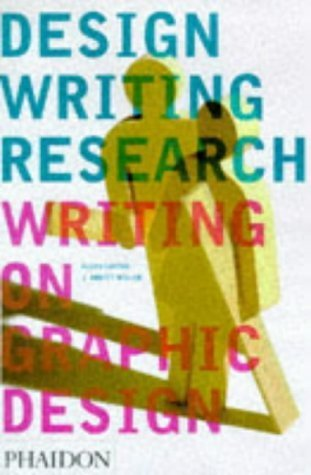 Design Writing Research
Design Writing Researchby Ellen Lupton
-
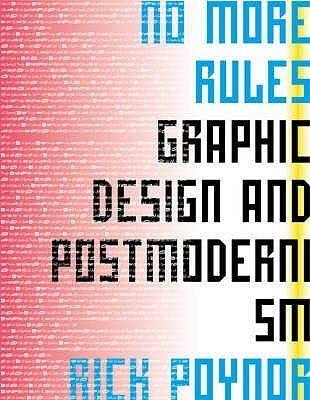 No More Rules: Graphic Design and Postmodernism
No More Rules: Graphic Design and Postmodernismby Rick Poynor
-
 An Introduction to Design and Culture In the Twentieth Century
An Introduction to Design and Culture In the Twentieth Centuryby Penny Sparke
-
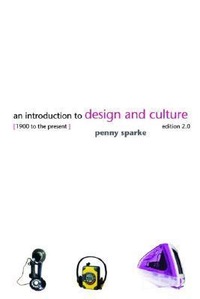 An Introduction to Design and Culture: 1900 to the Present
An Introduction to Design and Culture: 1900 to the Presentby Penny Sparke
-
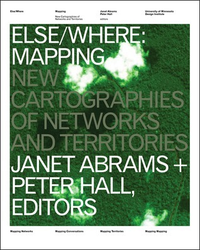
-
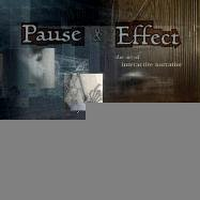 Pause & Effect: The Art of Interactive Narrative
Pause & Effect: The Art of Interactive Narrativeby Mark Stephen Meadows
-
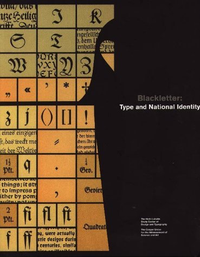 Blackletter: Type and National Identity
Blackletter: Type and National Identityby Paul Shaw
-
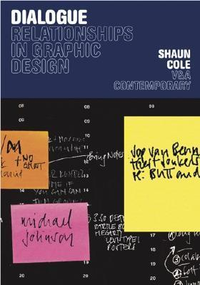 Dialogue: Relationships in Graphic Design
Dialogue: Relationships in Graphic Designby Shaun Cole
-
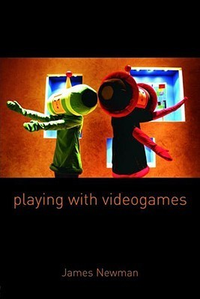 Playing with Videogames
Playing with Videogamesby James Newman
-
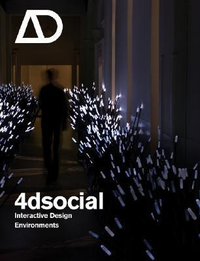 4dsocial: Interactive Design Environments
4dsocial: Interactive Design Environmentsby Lucy Bullivant
-
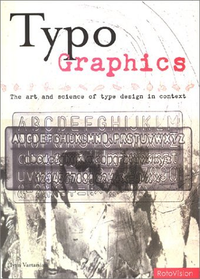 Typo-Graphics: The Art and Science of Type Design in Context
Typo-Graphics: The Art and Science of Type Design in Contextby Ivan Vartanian
-
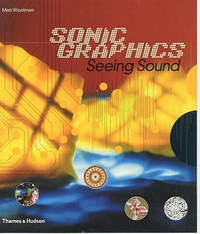 Sonic Graphics Seeing Sound /anglais
Sonic Graphics Seeing Sound /anglaisby WOOLMAN MATT
-
 Provocative Graphics: The Power of the Unexpected in Graphic Design
Provocative Graphics: The Power of the Unexpected in Graphic Designby Laurel Harper
-
 Neil Spiller: Lost Architectures
Neil Spiller: Lost Architecturesby Neil Spiller
-

-
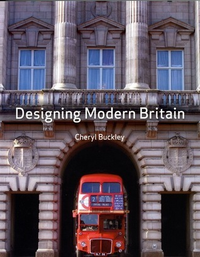 Designing Modern Britain
Designing Modern Britainby Cheryl Buckley
-
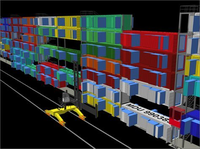 Lot-Ek: Mobile Dwelling Unit
Lot-Ek: Mobile Dwelling Unitby Robert Kronenberg
-
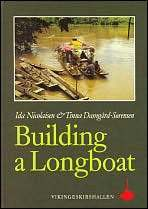
-
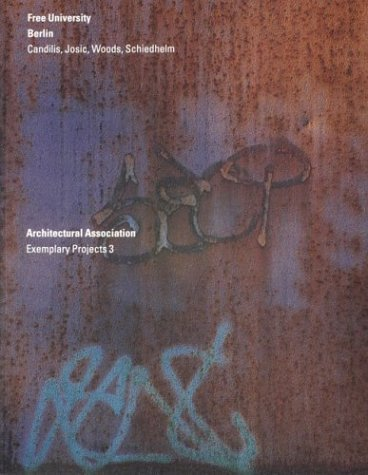 Berlin Free University: Candilis, Josic, Woods, Schiedhelm
Berlin Free University: Candilis, Josic, Woods, Schiedhelmby Mohsen Mostafavi
-
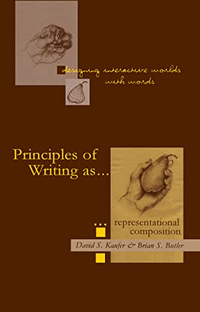
-
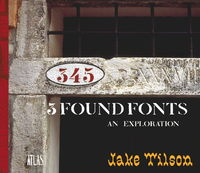 3 Found Fonts: An Exploration
3 Found Fonts: An Explorationby Jake Tilson
-
 Integral Lars Müller: Building Books
Integral Lars Müller: Building Booksby Lars Müller
-
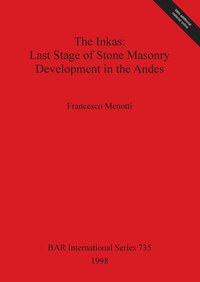
-
 Feminism & Form: Revisioning Design and Technology
Feminism & Form: Revisioning Design and Technologyby Joan Rothschild